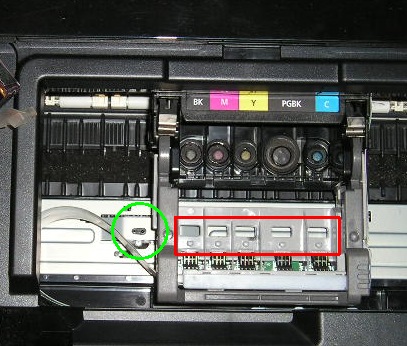Gah, banding still there... I scanned an image of the minor banding I see (sanity check, please tell me I'm not seeing things), but it's a bit big so I'll post it as a link instead of in the board directly: img818.imageshack.us/img818/6456/blacktestbw.png (Argh new member restriction on images and links? Geh.)
By the way, why is so called oversaturation of the sponge bad? Is it just because of leaks, or does it have other negative side effects somehow? If the latter, how do you tell if your sponge is oversaturated?
P.S. Also, is there some way to unjagger (make smooth) the holes I drilled? they seem to conduct ink out onto my piece of plug tape (a minor annoyance).
P.P.S. Is there some compelling argument for use of distilled water in various cartridge related applications (mixing ink, cleaning cartridges, etc) or is tap water generally OK?
By the way, why is so called oversaturation of the sponge bad? Is it just because of leaks, or does it have other negative side effects somehow? If the latter, how do you tell if your sponge is oversaturated?
P.S. Also, is there some way to unjagger (make smooth) the holes I drilled? they seem to conduct ink out onto my piece of plug tape (a minor annoyance).
P.P.S. Is there some compelling argument for use of distilled water in various cartridge related applications (mixing ink, cleaning cartridges, etc) or is tap water generally OK?

